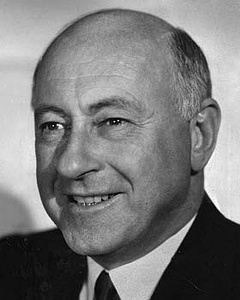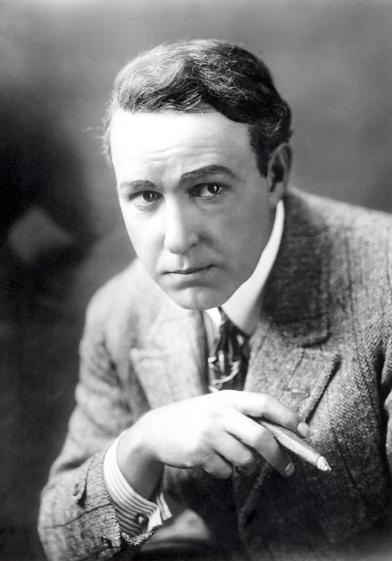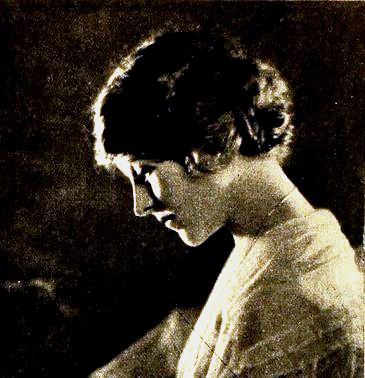红妻白夫 The Squaw Man(1914)

又名: 异族婚姻
编剧: Edwin Milton Royle 塞西尔·B·戴米尔 奥斯卡·阿普菲尔
主演: 达斯汀·法奴姆 Monroe Salisbury Winifred Kingston
制片国家/地区: 美国
上映日期: 1914-02-15
片长: 74 分钟(2004 alternate version) IMDb: tt0004635 豆瓣评分:0 下载地址:迅雷下载
演员:
影评:
From 《Cecil B. DeMille the art of the Hollywood epic》 and 《Empire of Dreams The Epic Life of Cecil B. DeMille》
(1) Cecil was carrying $10,000 of the company’s money, but couldn’t find a bank that would handle it. “There was a little bankon the corner of Cahuenga and Hollywood Boulevard. . . . They would not take a motion picture account—you couldn’t put in your own money if you were a motion picture man—just like you were a horse thief from Utah. You were regarded with a great deal of suspicion if you were a motion picture man.” Since the local bank refused to accept any deposits from the Lasky operation, DeMille and company opened a line of credit with a grocer named Hall, on Cahuenga.
(2)At least once he went even further: “Oscar Apfel. . . was a good motion picture director, and I never even directed [a] picture. Apfel . . . really did most of the direction for which I got the credit. He went though this, my first picture, with me, and I [got] the technicalities of direction—a great many of them—from him.”
(3)Another bit of bogus publicity asserted that The Squaw Manwas the first feature motion picture. Actually, a more accurate claim might be that it was one of the first features made in Hollywood—there had been at least one feature made in Hollywood, The Sea Wolf, in 1913—before DeMille and company even got on the train for Flagstaff.
(4)There was only one apparent instance of sabotage from the trust; after a couple of days of shooting, Cecil came into the cutting room to find the negative unspooled, lying on the floor and ground into the dirt. “That would have finished us—that was the end. There was no way of fixing a negative, no way of repairing a scratched negative.” But DeMille’s second, protection negative saved them. After that, there were some threatening letters, and Cecil bought a revolver to replace the smaller gun he had brought with him from New York.
(5)It was like the Wild West in other aspects too. One day Cecil was riding home on horseback through the Cahuenga Pass when he heard a sharp crack and the unmistakable sound of a shot flying past his head. He drew his gun, but there was nothing to be seen.
(6)Discounting the $20,000 paid for the rights to the property, The Squaw Mancost $15,450.25 to make—more or less on time, more or less on budget. Cecil gave Apfel credit for the efficient production. More importantly, he had fallen in love with this strange new art form. As he told a New York reporter the day after the movie opened, “It was a new feeling, a new experience and I was enamoured of the way Mr. Apfel went about focusing his camera, getting his actors and actresses within range of the lens and the way in which our cameraman followed every move, studied the sun, tried to dodge a cloud, edged his camera into a more advantageous position.”
(7)Just before they shipped the picture back east, the Lasky company decided to screen the finished movie at the barn. And thus began the first great crisis of Cecil B. DeMille’s movie career.
Jesse Lasky, who had taken the train from New York for the grand unveiling, remembered about fifty people present for the screening. Soon after the credits, the image began to slide up the screen—Dustin Farnum’s head kept rising out of the frame. Cecil thought that the projectionist was asleep but in fact he was adjusting the machine. There was still something wrong—no matter how often the projectionist fixed the frame, the picture would get the jitters and slide out of frame. As DeMille would recall forty years later, “every scene didn’t climb off. It was an accumulation that would go wrong.”
(8)Harry Reichenbach, the Lasky press agent, asserted that after being turned down by George M. Cohan, Arthur Hopkins, and B. F. Albee, they got the $3,000 from a bottom-feeder named Harry Cohn, who was given a piece of the company in return. Four months later, Cohn sold his piece of the company back to Jesse, Cecil, and Sam for $55,000, which Cohn later used to establish Columbia Pictures. (Reichenbach was a legendary fantasist, so Cohn’s payout figures are undoubtedly high.)
(9)The important role of the squaw Nat-U-Rich was cast by the fi lm’s star. DeMille was considering a short, stocky Native American actress named Red Wing. Her Winnebago name was Ah-Hoo Sooch-Wing-Gah. Twenty-nine and a graduate of the Carlisle Indian Industrial School in Pennsylvania, she had been working in fi lms for fi ve years. DeMille thought she was too short. “Don’t go any farther,” Farnum called out. “She’ll do.” This was a wise decision. Red Wing would bring conviction to the scene in which she surrenders her child.




